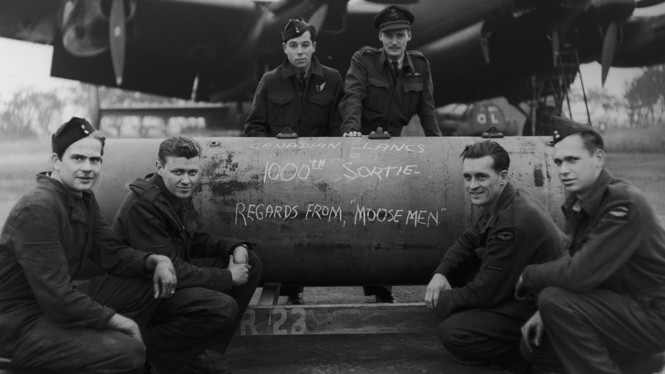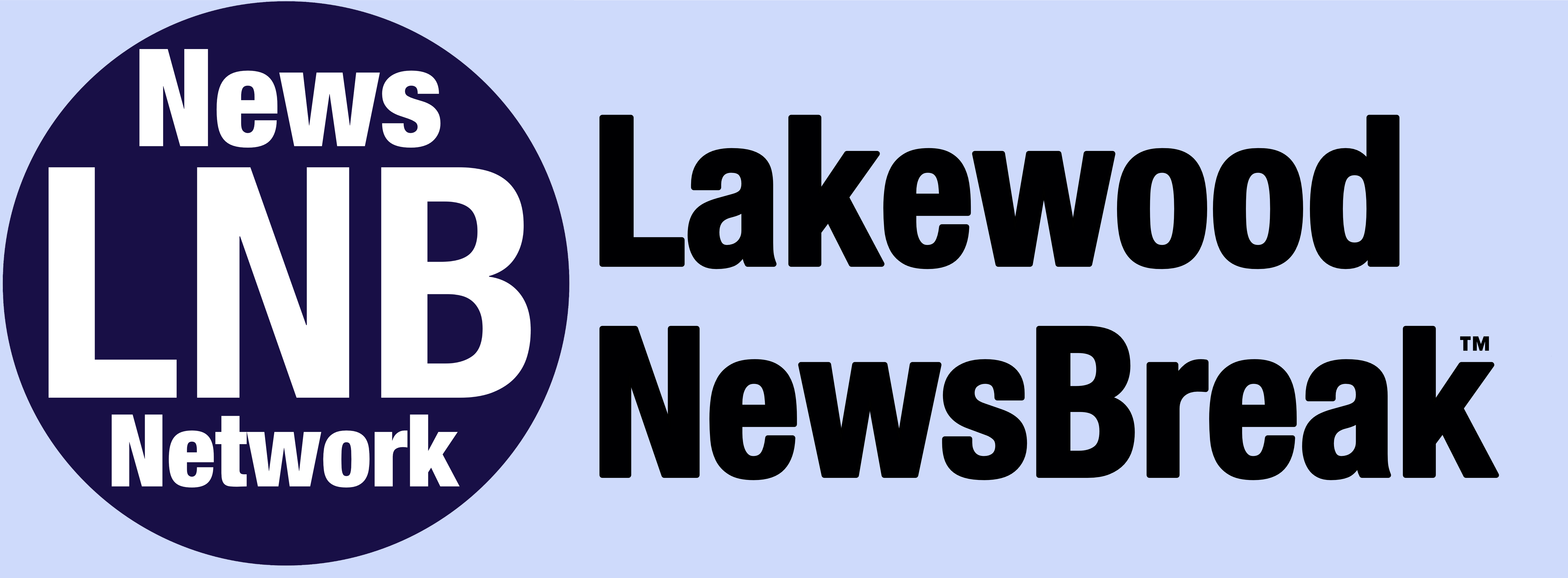Canada’s Military Has a Trump Problem
The country’s long-standing assumptions about national defense just got blown up.

Canadians have a grudging commitment to their national defense. The country spends well under 2 percent of its GDP on the military. Its fleets are aging, and much of its infrastructure is crumbling. The Canadian Armed Forces are budgeted for 101,500 personnel—a modest figure compared with allies—and they’re 16,500 short. After years of neglect, the government has slowly started to refurbish the CAF, but it has a long way to go.
If there’s one reason Canada’s military is this weak, it’s the United States. Sharing a border with a benign superpower has given Canada a source of security and deterrence that it didn’t need to buy or build itself. That’s why the country has designed its military not as a self-sufficient force but largely as a supplement to America’s. The CAF can’t mount sustained overseas operations on its own, but Canada can meaningfully contribute to U.S.-led missions on a limited budget. Domestic manufacturers can’t supply much of the CAF’s most important equipment, but America’s can.
Virtually every aspect of Canada’s military—its size, structure, budget, and strategy—is predicated on a series of assumptions about the benevolence and support of American leaders. These assumptions have been in place for decades; President Donald Trump has overturned them in a matter of weeks. Because of his threats of economic coercion and annexation, Canada’s leaders have suddenly realized they may not be able to rely on American might anymore. Divesting from U.S. suppliers was once unthinkable, but Canada has already begun searching elsewhere. To take just one example, Ottawa is reviewing its $13 billion commitment to buy 88 F-35 fighter aircraft from Lockheed Martin as it hunts for alternative suppliers in Europe. Trump’s threats might compel the CAF to begin decoupling from America—a process that could leave the military even weaker than it is now.
[Eliot A. Cohen: Invading Canada is not advisable]
This sudden conflict with the United States fundamentally threatens Canada’s long-standing approach to national defense. But Canadians have responded to crises in the past by dramatically bolstering their military on short notice. Trump may have just prompted them to do it again.
Over the past century, Canada has proved that it can mobilize quickly in response to emergencies, despite skimping on defense spending during peacetime. It sent more than 600,000 soldiers to fight in World War I, a considerable effort for a country that had only 3,000 permanent service members and roughly 70,000 militia members leading up to the conflict. Canada demobilized after the armistice, but rapidly rebuilt itself again during World War II. By 1945, the country had the fourth-largest navy in the world.
After fighting in the Korean War, Canada maintained a military sizable enough to station permanent forces in Western Europe and undertake a series of UN peacekeeping missions. But Canada’s defence spending as a percentage of its GDP began a slow decline in 1957. Notably, that was the same year that the Canadian and American governments agreed to establish the North American Aerospace Defense Command (NORAD), which still provides a binational defense of the continent. Although Prime Minister Pierre Trudeau started modernizing the military in the 1970s, Canada’s willingness to spend on defense was waning.
This became evident in the 1990s, when the seeds of Canada’s current predicament were planted. As the Cold War ended, Canada’s finances were a mess. To help balance its budget and pay off the growing national debt, Ottawa cut defense spending by approximately 30 percent in the middle of the decade. The reductions not only eliminated crucial funding but also drove away personnel and burned out many who remained. The defense budget increased while Canada contributed to the war in Afghanistan from 2001 to 2014, but spending never got near 2 percent of GDP.
When Prime Minister Justin Trudeau took office, in 2015, he launched the first comprehensive modernization of the military since his father had four decades earlier. Unlike many of his predecessors, Trudeau was willing to incur budget deficits to refurbish the CAF. But his purpose was never to develop an autonomous fighting force. And despite his spending increases, Canada continued to lag behind other NATO members. (Last year, to the exasperation of many allies, Trudeau pledged to reach the alliance’s 2 percent spending target no sooner than 2032.)
To compensate, the Canadian armed forces have grown even closer to their American counterparts over the past decade. Canada adopted a “plug and play” model, tailoring its armed forces for operations that Americans led. It became steadily more dependent on U.S. logistical support and defense manufacturing.
Trump’s return to office, however, has fundamentally changed Canada’s relationship to both America’s military and its own. The country is in the midst of a federal election, one in which defense features prominently. Both major parties—the Liberals, led by Prime Minister Mark Carney, and the Conservatives, led by Pierre Poilievre—are promising to build a stronger Canada and more capable armed forces.
For both parties to commit to increased defense spending during peacetime is a rarity in Canadian politics, to put it lightly. Canadians may be miserly about defense, but their military resolve in emergencies shouldn’t be underestimated. And they have little doubt that today is an emergency.










